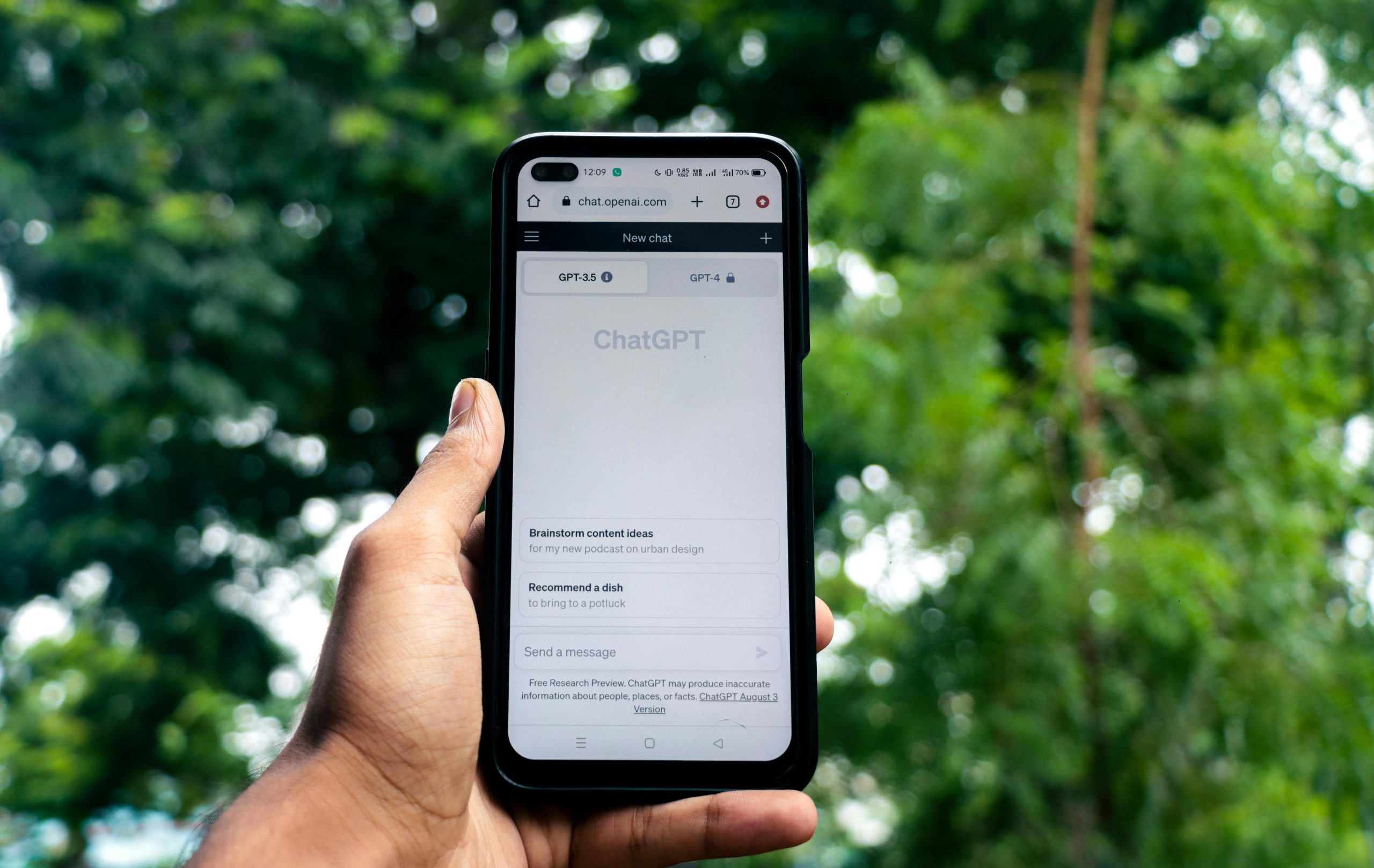I Believe AI Won’t Exacerbate the Spread of Disinformation
Will Artificial Intelligence Really Worsen Disinformation? A Closer Look
In recent discussions, a common concern has been whether AI will significantly amplify the spread of false information. Many worry that as AI-generated content becomes more prevalent, the digital landscape could be flooded with deceptive or misleading material at an unprecedented scale. However, I believe the impact might not be as severe as some predict.
The Reality of Content Consumption and Disinformation
It’s true that AI tools produce a large volume of content—often low-quality or “slop” data—especially across social media platforms. Naturally, one might assume that an increase in AI-generated content correlates with more disinformation. Yet, when considering how consumers engage with media, the picture looks different.
Imagine spending time scrolling through your favorite app, like TikTok. Regardless of whether the videos are created by humans or AI, the number of videos you typically watch in a session remains roughly consistent—around 100 to 150 clips. The introduction of AI doesn’t necessarily mean you’ll expose yourself to more disinformation; it just means the content pool may be somewhat larger.
Pre-existing Overload of Human-Generated Disinformation
Furthermore, humans have been producing vast amounts of misleading information long before AI emerged. The scale of existing disinformation is already enormous—so much so that even if AI adds some extra “noise,” it may not drastically alter what you are exposed to or how your brain processes it.
Your viewing habits remain tuned to what you find entertaining or engaging. For most, this includes a mix of cat videos, funny fails, emotional political content, and miscellaneous clips. The overall proportions may shift slightly, but the general balance doesn’t change dramatically. In essence, AI might diversify the content available, but it doesn’t necessarily increase the amount of disinformation you encounter daily.
Subtle and Deceptive Formats
What is more concerning, perhaps, are the nuanced ways disinformation can be embedded—think edited clips of politicians or celebrities saying things they never did. These shallow manipulations often appear more credible and less obviously false than outright lies. For example, soundbites accompanied by misleading edits or contextually altered visuals can spread misinformation subtly, without immediate suspicion.
Will Deepfakes and Altered Content Make a Difference?
The potential for AI to generate convincingly doctored videos of public figures is real. Yet, given the massive volume of existing misinformation and how audiences consume content nowadays, it’s uncertain whether such deepfakes will














Post Comment